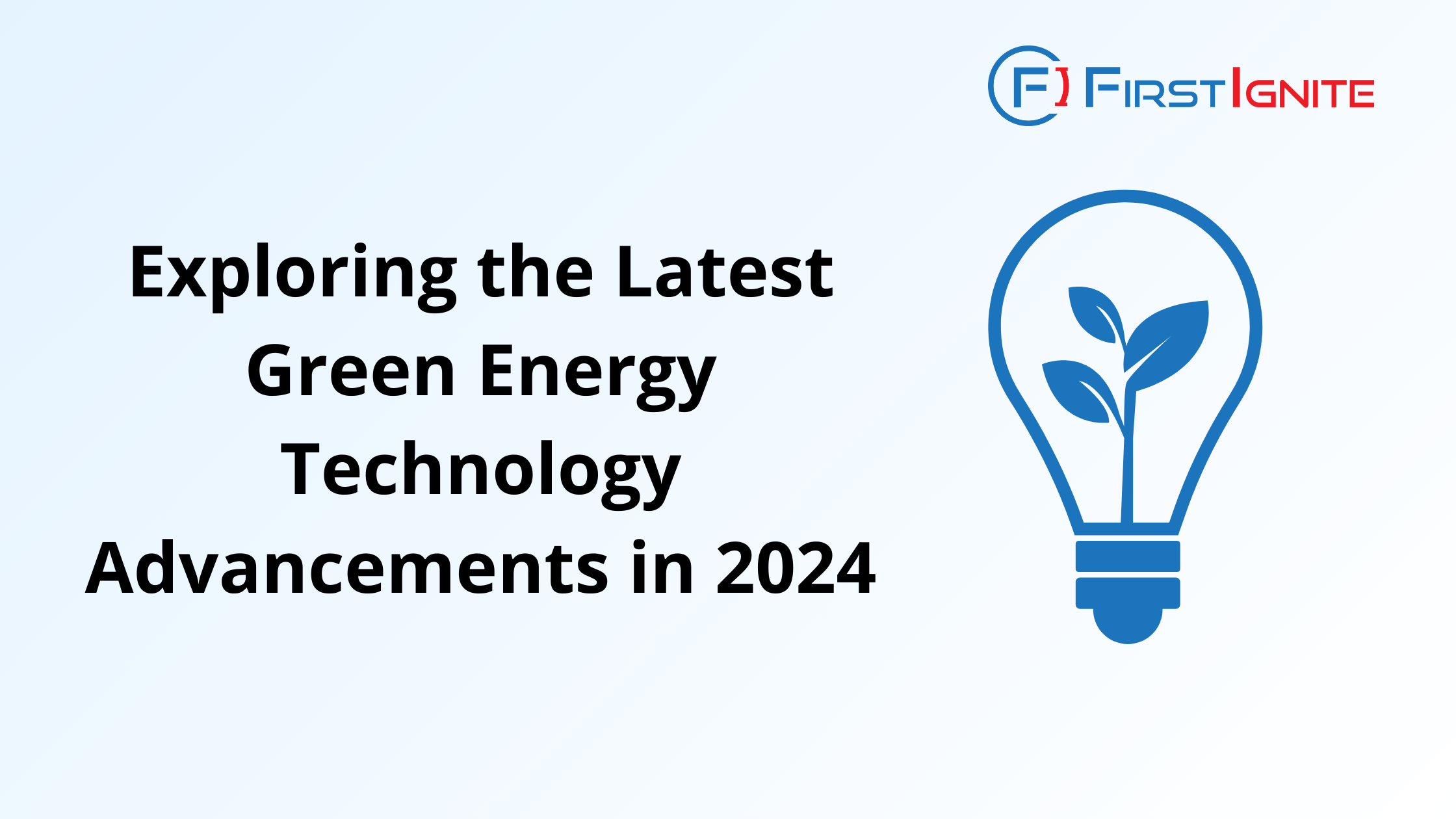
Introduction to Green Energy Technology
As we move towards a more sustainable future, green energy technology has become increasingly crucial. This article explores the latest advancements in green energy technology and how these innovations are shaping the way we power our world in 2024. By utilizing renewable energy sources like solar, wind, hydroelectric, geothermal, and biomass, these technologies reduce our reliance on fossil fuels and mitigate the environmental impact of energy production, paving the way for a cleaner and more sustainable future.
Latest Advancements in Green Energy Technology
In the rapidly evolving landscape of green energy technology, we have witnessed remarkable advancements in recent years, including improvements in solar panel efficiency and energy storage solutions. One significant advancement in 2024 is the development of perovskite solar cells, which have achieved conversion efficiencies of over 25% and offer the potential for lower manufacturing costs and increased flexibility. Additionally, advancements in wind energy, such as turbine design, blade materials, and control systems, have increased the efficiency and power output of wind farms. The integration of advanced sensors and data analytics has also improved the reliability and integration of wind energy into the grid.
AI Applications in Renewable Energy Innovations for 2024
The integration of artificial intelligence (AI) and machine learning (ML) has revolutionized renewable energy in 2024, with AI-powered solutions enhancing various aspects of green energy technology. AI is notably used in predictive maintenance, where algorithms analyze sensor data and historical performance to predict equipment failures and schedule maintenance, reducing downtime and improving efficiency. Additionally, AI-powered optimization algorithms enhance solar and wind energy systems by analyzing real-time data, weather forecasts, and grid conditions to maximize energy generation and grid integration.
University Green Energy Breakthroughs in 2024
In 2024, the academic and research community continues to drive innovation in green energy technology, with groundbreaking developments from leading universities. At MIT, a new redox flow battery using organic molecules promises higher energy density, longer cycle life, and lower costs compared to traditional lithium-ion batteries, potentially revolutionizing renewable energy storage and distribution. Meanwhile, researchers at the University of Oxford have advanced perovskite-based solar cells, achieving record-breaking efficiencies of over 28%, paving the way for their commercialization and potentially surpassing traditional silicon-based solar panels.
Applications of Green Technology in Various Industries
In 2024, green energy technology is driving sustainability across various industries, significantly impacting sectors beyond energy. In transportation, the rapid growth of electric vehicles (EVs), supported by advancements in battery technology, charging infrastructure, and vehicle-to-grid integration, is enhancing sustainability. The integration of renewable energy sources into EV charging networks further boosts this trend. In manufacturing, energy-efficient production processes, renewable energy utilization, and sustainable product designs are becoming standard, with companies increasingly adopting circular economy models to minimize environmental impact by repurposing or recycling waste and byproducts.
Conclusion: The Role of Green Energy Technology in Shaping a Sustainable Future in 2024
As we look towards the future, the advancements in green energy technology in 2024 hold immense promise for a more sustainable and environmentally-conscious world. The integration of cutting-edge innovations, such as AI-powered optimization, advanced energy storage solutions, and the widespread adoption of renewable energy sources, are paving the way for a cleaner and more resilient energy landscape.




